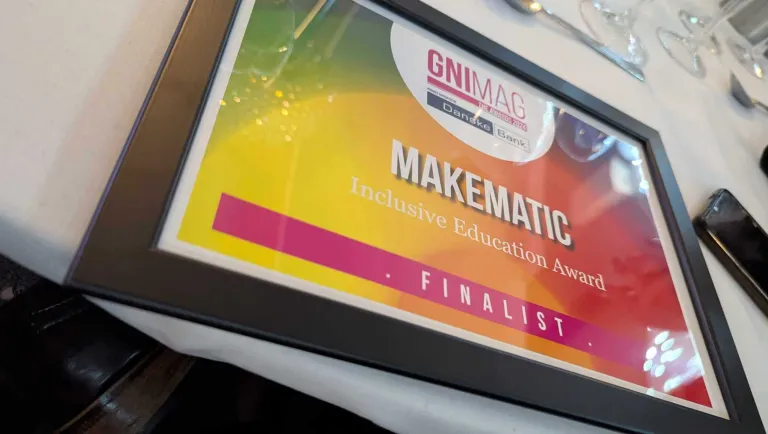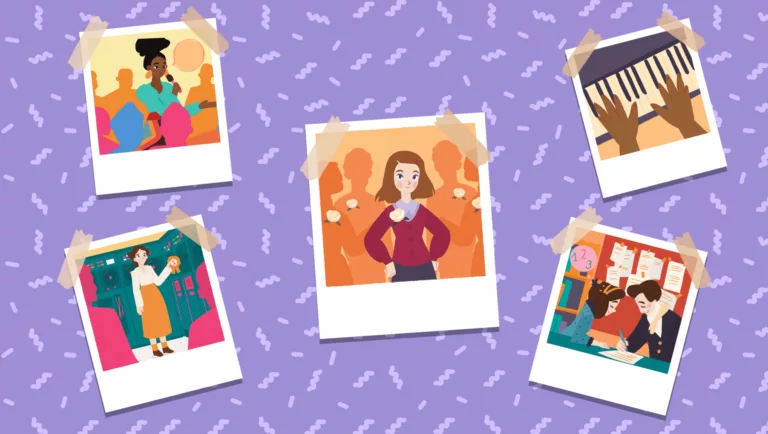
Video Content in 2020
It is the end of a long year, what better way to end than to do my usual and have a quick round-up of how video content has been growing as a consumer favourite in 2020.
Whilst international physical boundaries have been closed due to the Covid crisis, digital traffic has increased hugely. From our perspective as a business who produces short-form educational video targeting post-millennials and millennials, we have seen pretty explosive growth this year as brands, publishers and non-profits all turn to short-form animated and live-action video to educate their audiences.
According to Cisco, who this time last year said that in any given second 1 million minutes of video are crossing the internet, at the end of 2020, they say that 75% of all internet traffic is video content, and this will rise to 82% by 2022.
Publicis and Verizon in a joint study have discovered that a lot of video content is consumed on the go or at work and as a result of this, 92% of those in their study watch video with the sound off. So captions are becoming a must!
More than 2 billion people use Youtube – that’s one-third of all internet users with around 5 billion videos watched on Youtube every day, and Youtubers are uploading 500 hours of video every minute. According to Social Media Today, 82% of Twitter users mainly use the platform to watch videos. These are mostly mobile users as well since roughly 90% of all video views on Twitter happen via mobile phones.
We already know that most view video content via mobiles courtesy of eMarketer’s study in 2018, so this has only grown since then. We are nearing the point where everyone who possibly can in terms of device ownership, will view short-form video content on a daily basis, wherever they are, anywhere in the world. What’s interesting to learn from Brand Gym is that when consumers are viewing adverts on a mobile device, 75% skip the advertising in an average of 5.5 seconds (ie: as soon as they can!), so if advertising-supported video content is your strategy, then it’s completely the wrong one and something needs to change.
On the educational front, video-assisted learning has become more and more popular. Classrooms are awash with high-tech digital displays and now that schools are connected to the internet worldwide, video has become an important part of everyday learning – this has of course extended into the home this year. The Covid pandemic has created the perfect environment for distance learning which has increased spectacularly with universities having to create high-quality distance learning modules with high production values for their video content. Animated videos enrich subjects and help pupils and students understand complex subjects simply and easily in a format with which they identify.
The US government have recognised this and are awarding grants to those who produce educational video content. PBS Education an off-shoot of the network PBS has secured a $24M federal grant this year. They’ve seen the opportunity that presents itself and are going to spend it on creating high educational value, curriculum-linked video assets and they’ve employed early-learning and children’s education experts and media producers to realise this project.
Those targeting post-millennials are getting it right. I have often mentioned Blippi and how he’s grown to become a multi-million dollar brand in his own right through simply producing quality educational videos and posting them on Youtube. Last year he’d made about $12M. This year, judging by the merchandise in our house he’ll be making a lot more.
In the past week, Ryan Kaja became the highest-earning Youtuber earning $29.5M from his Youtube child influencer shows and a further $200M from his branded toys and Marks and Spencer pyjamas. Nickelodeon have now signed him for a series so next year that will only increase.
Without a doubt this year has been a big turning point for video content. It was always on the cards that short-form educational video was going to become the learning medium for learning anything. But the fact that the entire population of the planet was forced online this year, whether they liked it or not, has made this happen now. Not next year or the year after. Today. Those who choose to ignore this will simply be left behind.
Let's Work together


Makematic Finalists in Inclusive Education Award

